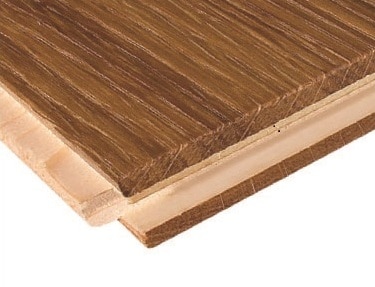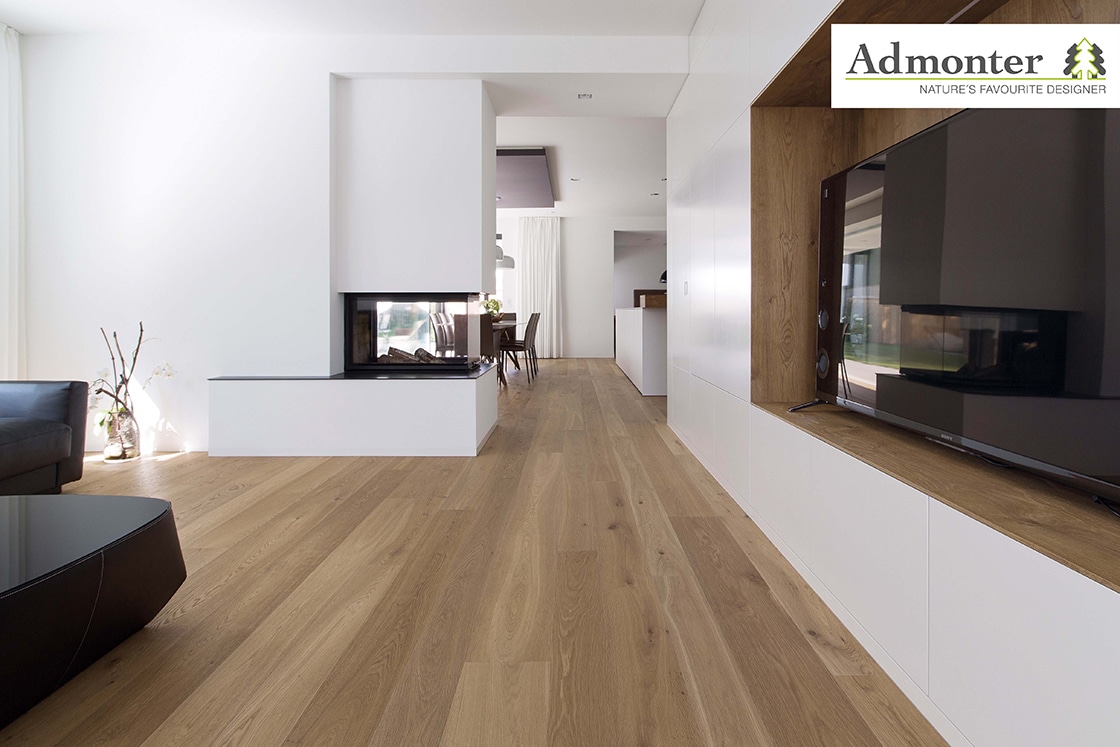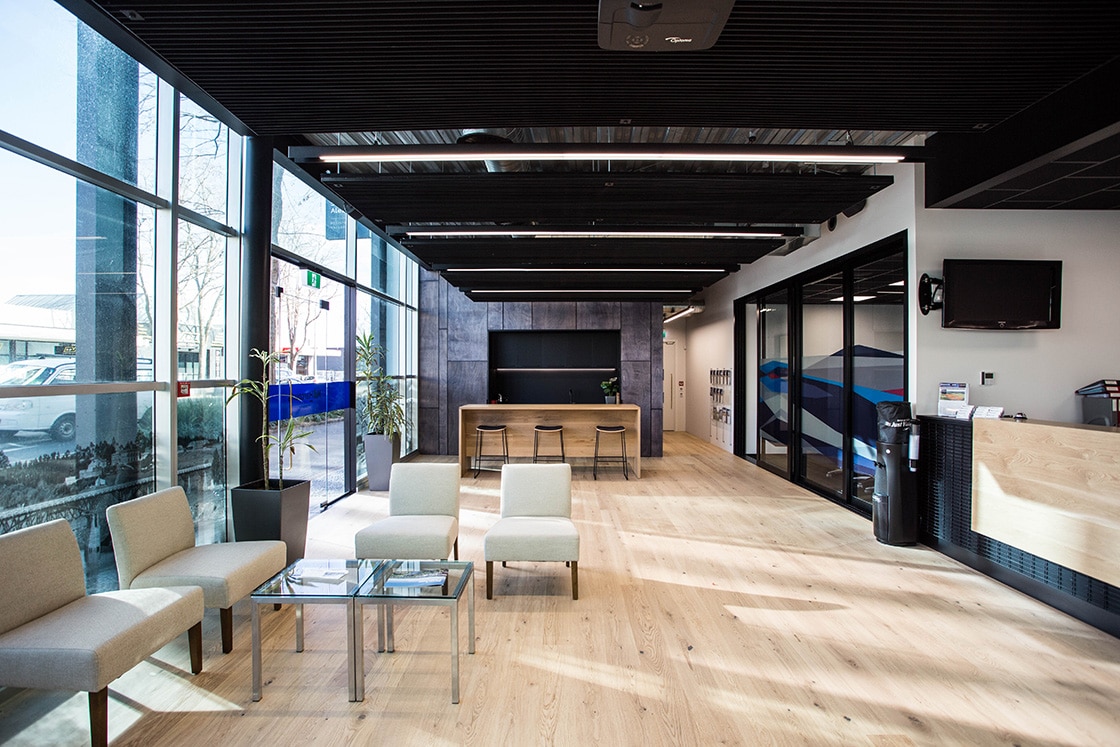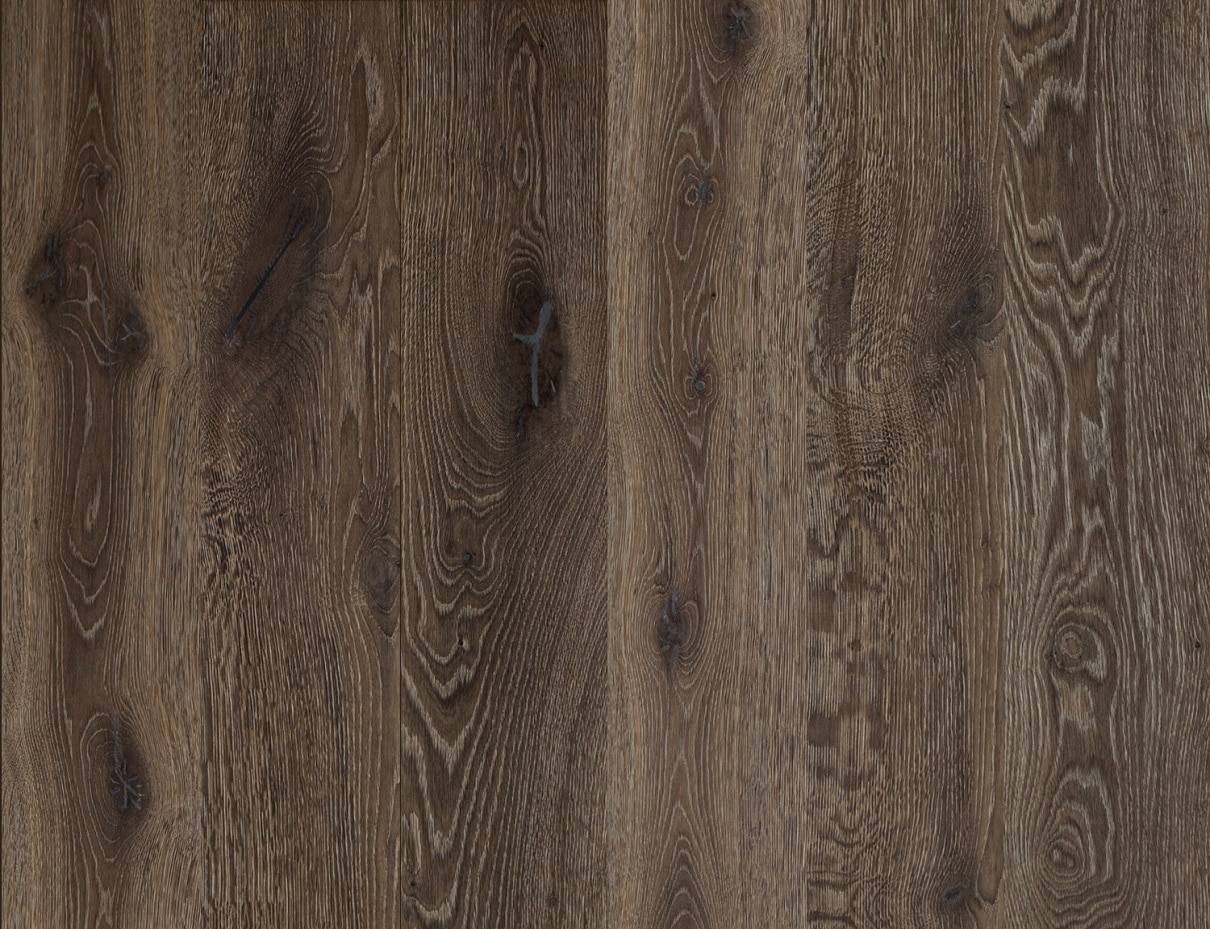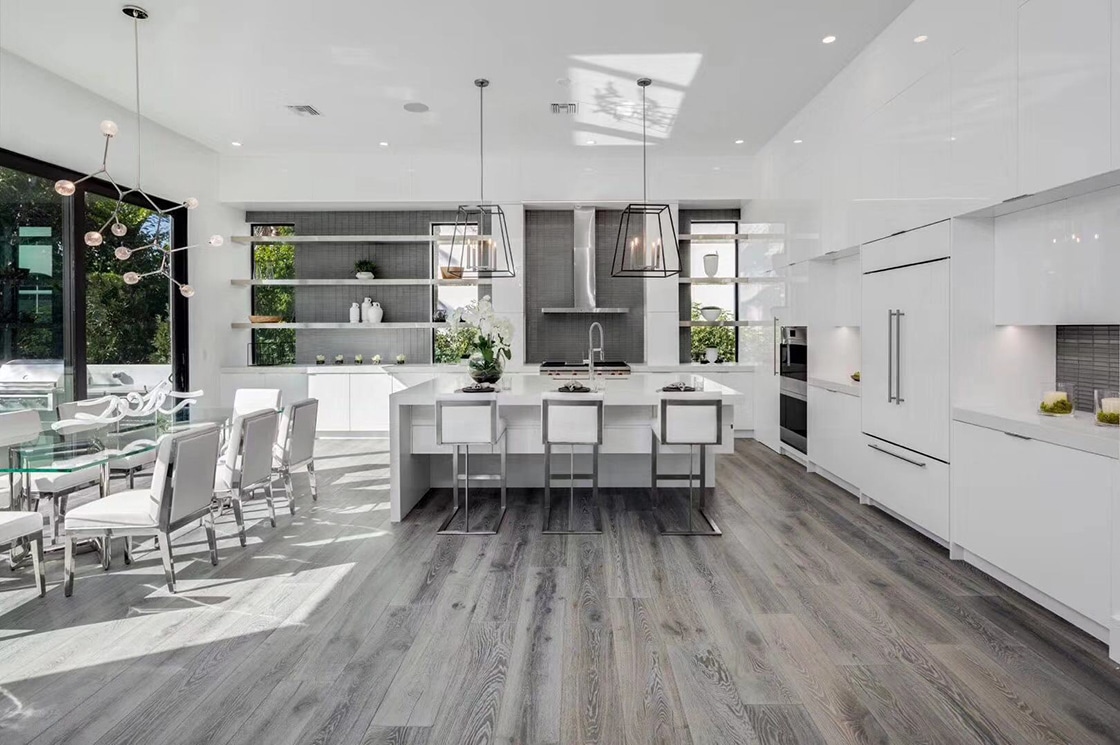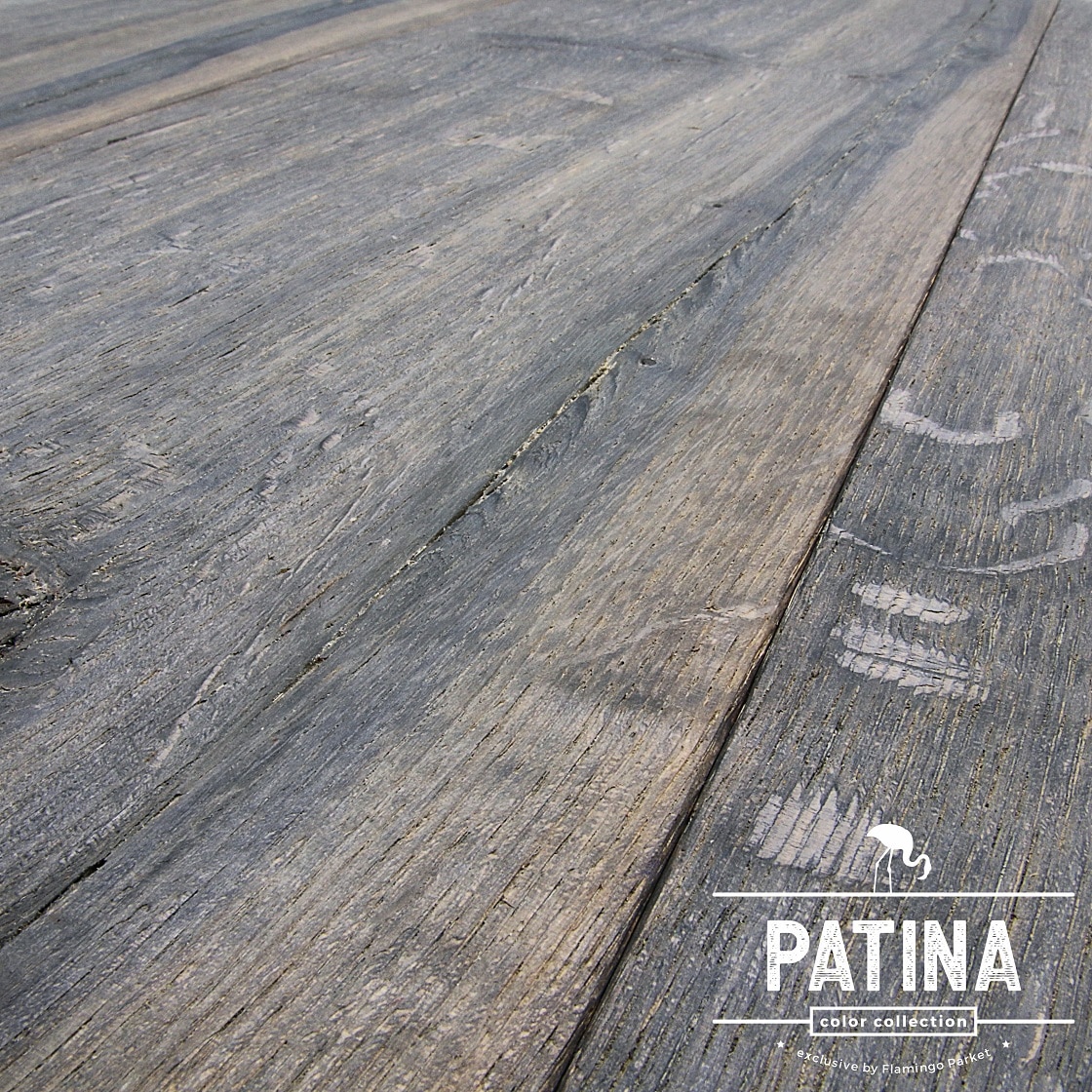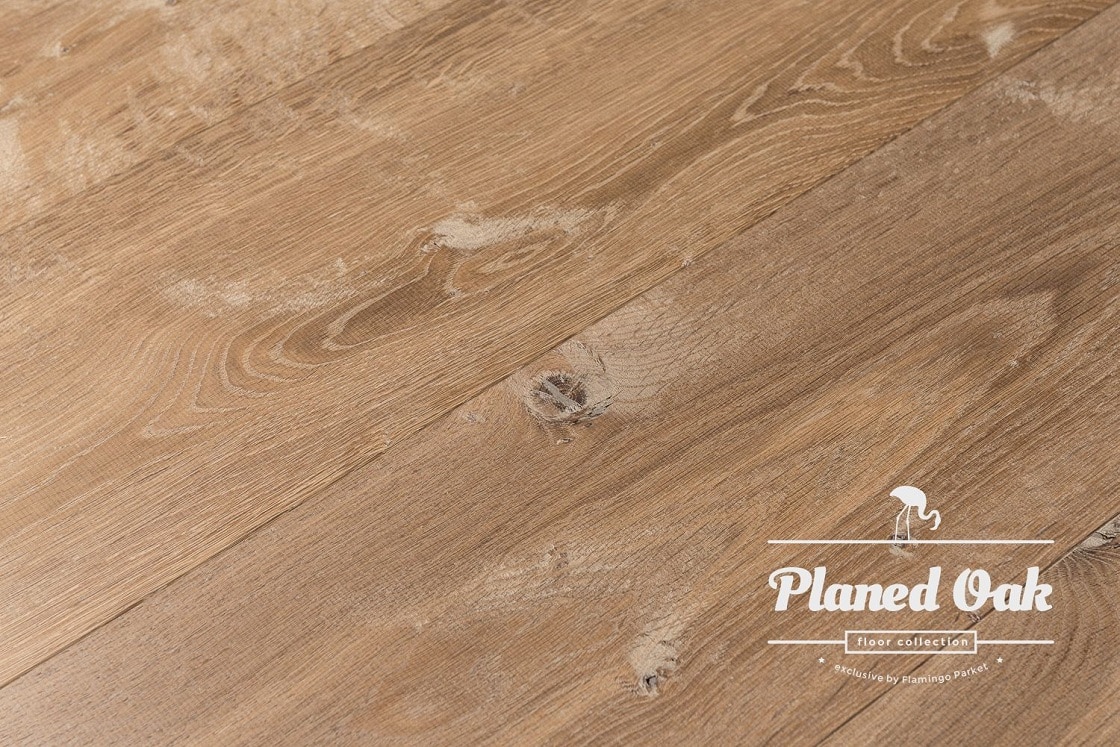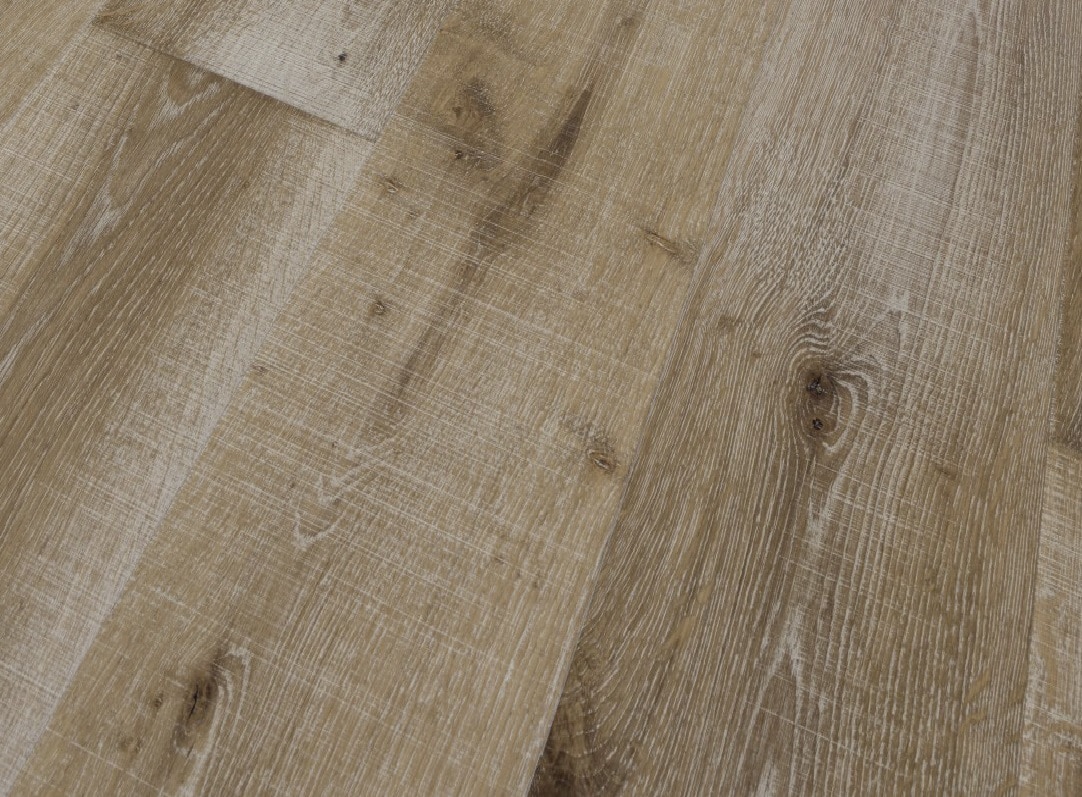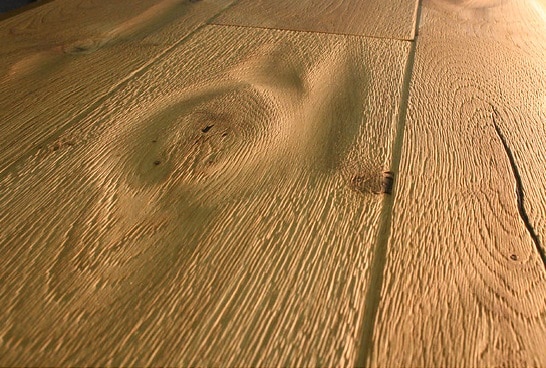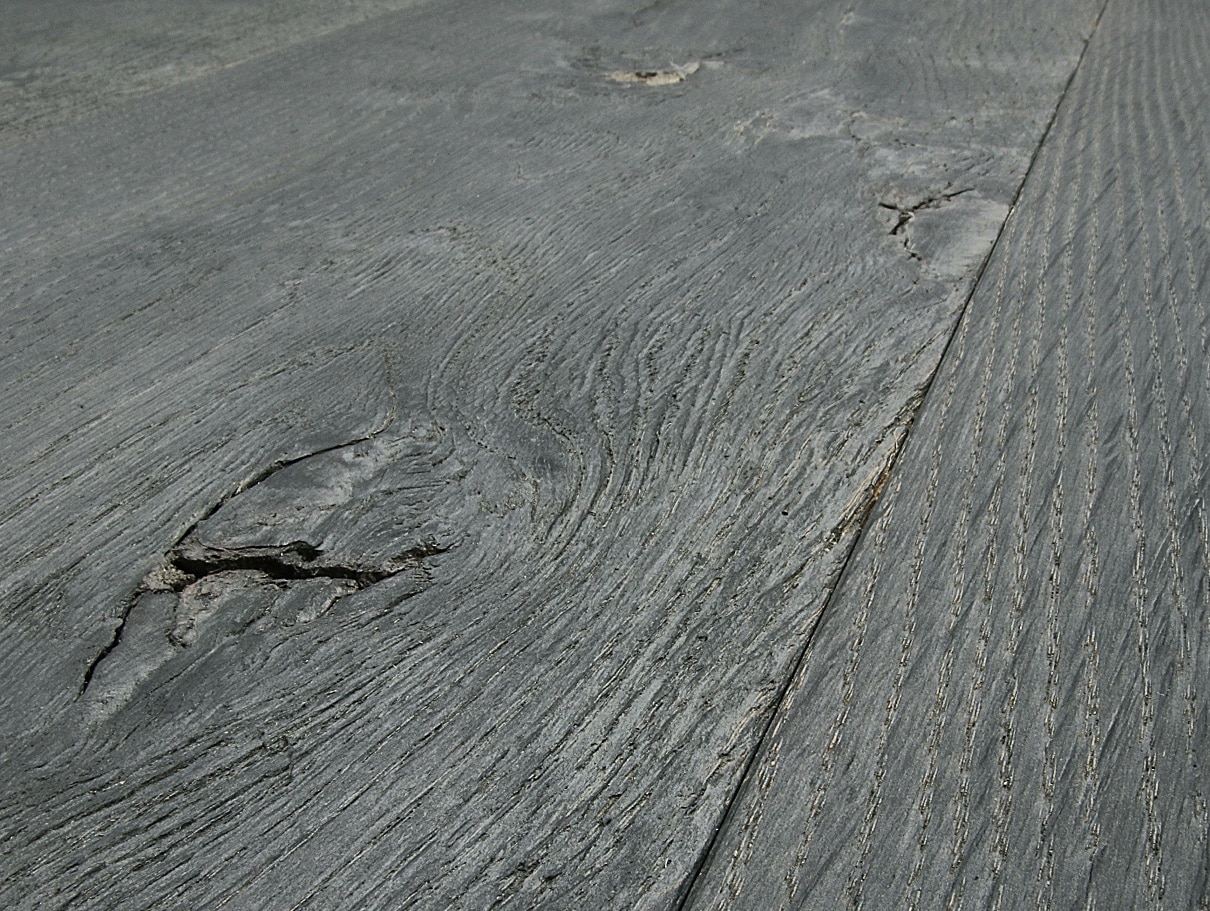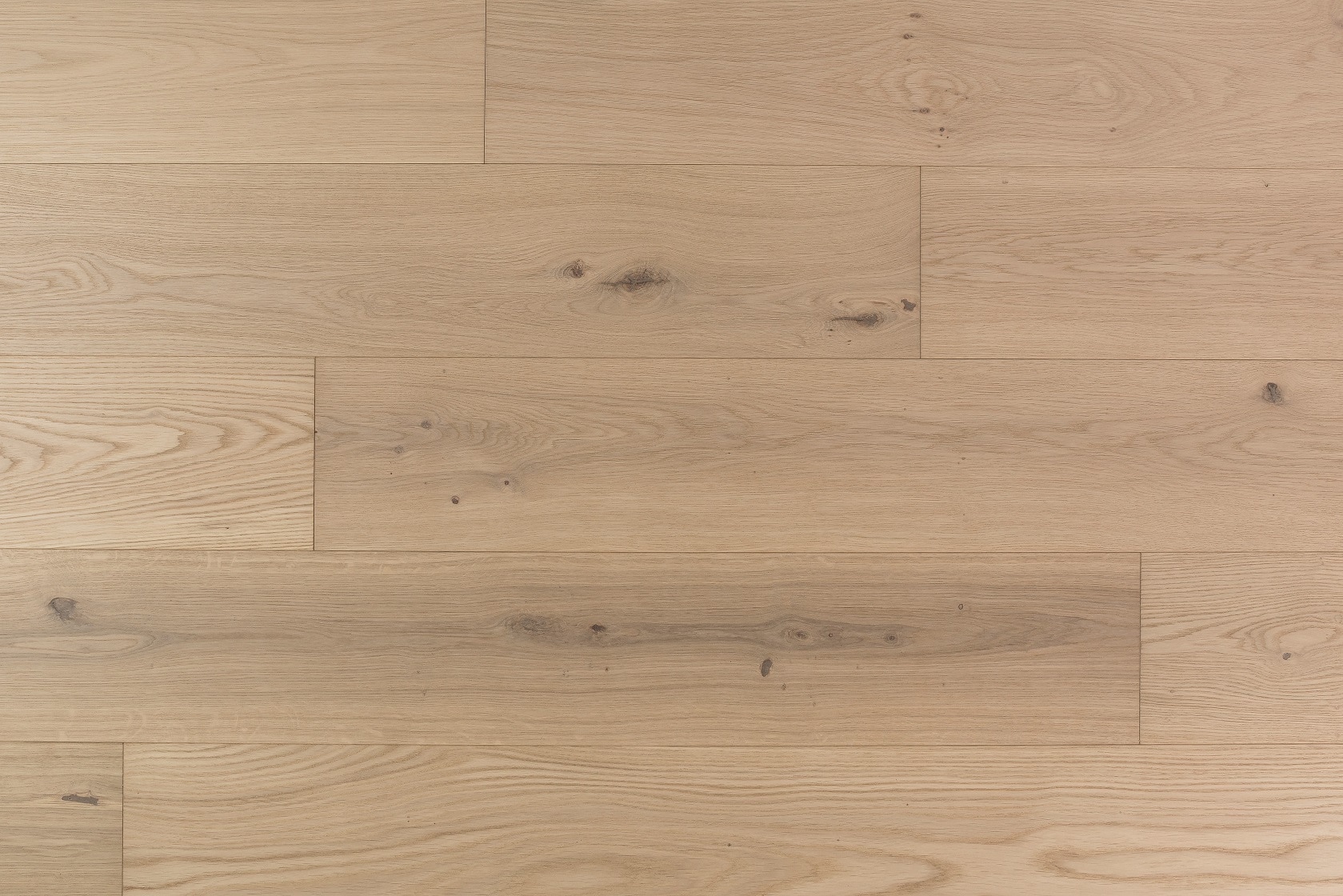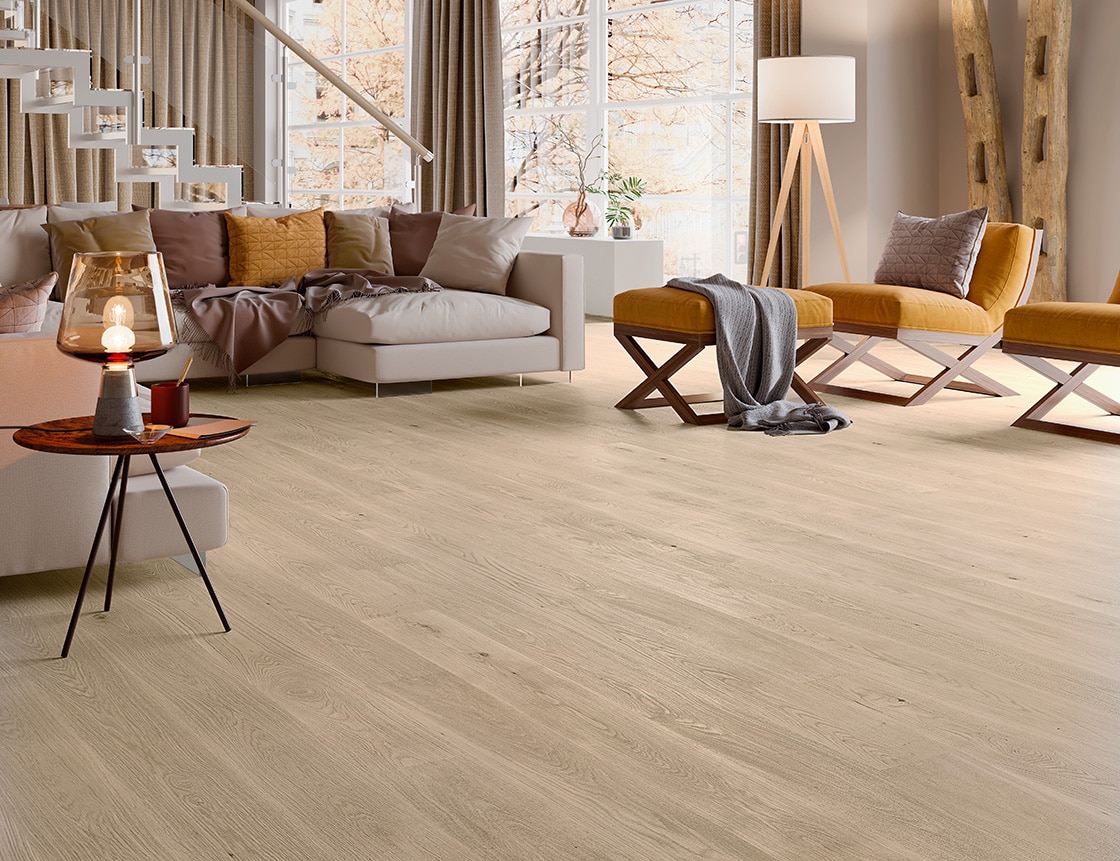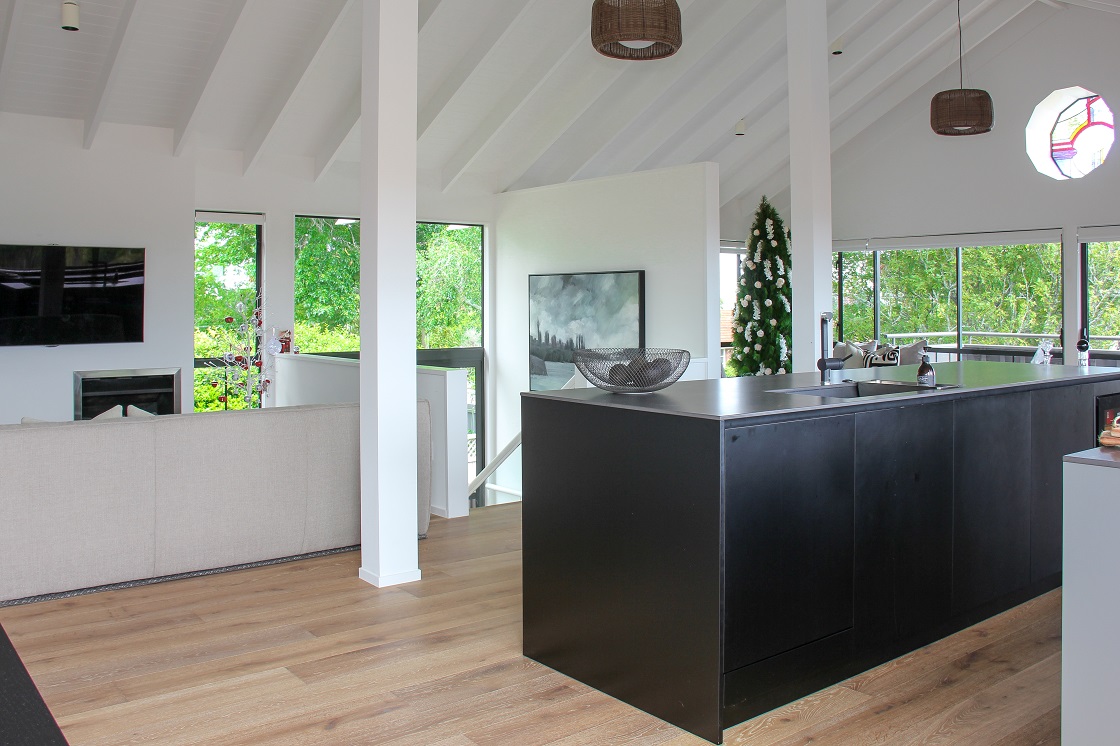Choosing the right flooring can play a significant role in shaping the environmental impact of your home. In New Zealand, engineered timber flooring has emerged as a sustainable and eco-friendly option, offering a myriad of benefits over traditional flooring materials. But not all timber flooring is sourced from sustainable forests or made using sustainable practices. Let’s explore the various ways in which the right choice in engineered timber can contribute to a more sustainable future.
Sustainable Sourcing
Engineered timber flooring derives its environmental credibility from the wood used in its construction. Many manufacturers source their wood from sustainably-managed forests, adhering to responsible forestry practices that ensure a healthy ecosystem. By choosing flooring that is sourced sustainably, you are contributing to the preservation of natural forests. Be sure to check the credentials of your supplier and the certification of their timber.
Vienna Woods, a leading New Zealand importer of quality timber flooring, sources its products from suppliers committed to sustainability. This dedication is reflected in the certifications they hold, demonstrating compliance with rigorous standards that support forest conservation.
Recycled Materials
There are now many choices for reclaimed and recylced timber floors, which is fantastic way to use a product displaying rich character and reducing our impact.
Long Lifespan
Durability is another sustainability hallmark of engineered timber. With a longer lifespan than many other flooring options, engineered timber reduces the need for frequent replacements. This longevity translates into fewer resources used for manufacturing, transportation, and disposal over time, lessening the environmental footprint.
Understanding FSC Certification
The Forest Stewardship Council (FSC) is a globally recognised certification body that promotes responsible forest management. FSC certification ensures that wood products come from forests that meet strict environmental, social, and economic standards. It helps consumers make informed choices about the sustainability of their purchases.
Vienna Woods’ suppliers hold several FSC certifications, including the FSC Single Chain of Custody and Controlled Wood. These certifications indicate that the wood used in their flooring comes from responsibly managed sources, providing peace of mind to eco-conscious consumers.
Other Sustainability Certifications
Europe is home to various sustainability certifications that guide the construction industry toward greener practices. Beyond FSC, other notable certifications include:
- Programme for the Endorsement of Forest Certification (PEFC): This is another international certification that promotes sustainable forest management. It is similar to FSC but has different criteria and processes, providing additional options for ensuring sustainable sourcing.
- European Union Timber Regulation (EUTR): This regulation aims to combat illegal logging by requiring companies to ensure their timber is legally sourced. It is a legal framework that underpins sustainability certifications.
Each certification has a unique focus, but all work toward the common goal of promoting sustainability in forestry and construction. By choosing products with these certifications, you are supporting a more environmentally responsible industry.
The Broader Scope of Sustainability in Construction
Sustainability in construction encompasses more than just materials—it also involves energy efficiency, waste reduction, and reducing carbon emissions. Using sustainable timber contributes to this broader scope by providing a renewable resource that can be managed to support ecosystem health.
In New Zealand, where natural beauty is a significant part of the national identity, the construction industry’s move toward sustainability aligns with the country’s values. Specifying the right timber flooring, with environmentally friendly sourcing and durability plays a role in reducing the carbon footprint of buildings and promoting a greener future.
By choosing Vienna Woods for your timber flooring needs, you are supporting a business committed to sustainability and responsible sourcing.
Sustainability Certifications from some of our producers:
